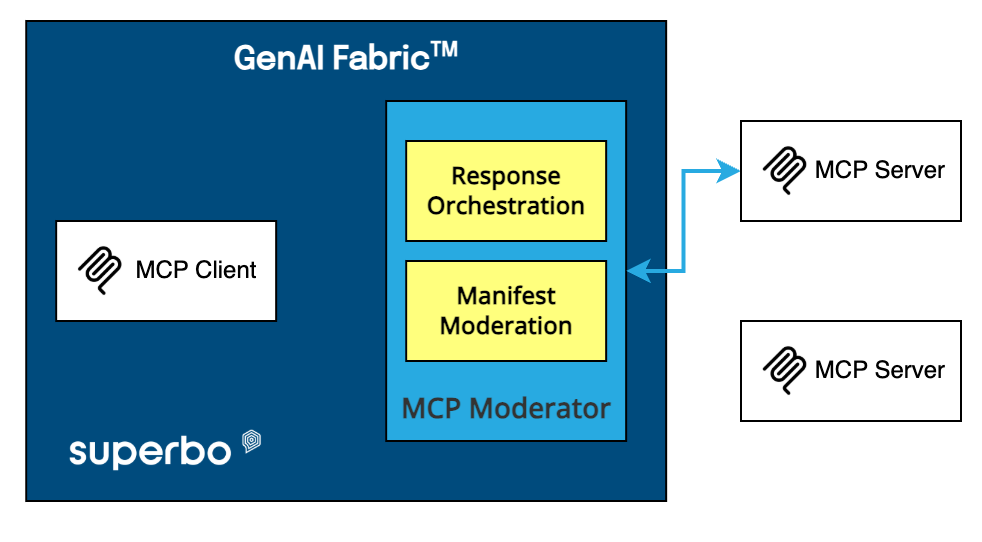A conversational AI blueprint is an essential foundation for any successful chatbot implementation. By outlining key areas such as terminology, architecture, metrics, and advanced topics, you can ensure a well-rounded and efficient chatbot experience that meets your business objectives. In this blog post, we will delve into each of these crucial areas and discuss the importance of having a comprehensive conversational AI blueprint.
-
Area 1: Terminology, Definitions, Components, and Conversational Experience Overview Start by familiarizing yourself with essential concepts, definitions, and components related to conversational AI and chatbots. This will help you better understand the building blocks of a successful chatbot experience and provide a strong foundation for your blueprint.
-
Area 2: Architecting the Experience Designing an engaging and efficient chatbot experience requires careful consideration of several aspects, such as:
a. Conversational channels: Choose the right channels for your target audience and ensure a seamless omni-channel experience. b. Navigation policies: Develop clear and intuitive navigation to guide users through the chatbot interaction. c. Personalization: Tailor the chatbot experience to individual users for increased engagement and satisfaction. d. Bot Persona: Create a consistent and relatable bot personality to resonate with users and reinforce your brand. e. NLU bias: Be aware of potential biases in natural language understanding and work to minimize their impact on the user experience.
-
Area 3: Metrics and KPIs Measuring the success of your chatbot is essential to refining and optimizing its performance. Key metrics to track include:
a. Activation: The initial engagement and usage of your chatbot. b. Retention: The rate at which users return to interact with your chatbot. c. Conversion: The achievement of desired outcomes, such as sales or sign-ups, through chatbot interactions. d. Satisfaction: The overall user satisfaction with the chatbot experience. e. Sentiment Analysis: Evaluating user emotions during interactions to fine-tune the chatbot’s responses. f. Conversational Funnels: Analyzing user pathways to identify bottlenecks and opportunities for improvement.
-
Area 4: Advanced Topics To stay ahead of the competition and continuously improve your chatbot experience, explore advanced topics such as:
a. Agile Delivery Models: Implement iterative, feedback-driven development processes for faster and more effective chatbot improvements. b. Rapid Prototyping: Quickly test and validate new ideas and features to maximize your chatbot’s impact. c. MLOps: Streamline machine learning processes and workflows to optimize chatbot performance. d. Feature Flags: Employ controlled rollouts of new features to minimize risks and ensure smooth implementation. e. Experiential Campaigns: Create engaging campaigns to promote your chatbot and drive user adoption.
Conclusion: A well-defined conversational AI blueprint serves as the foundation for delivering exceptional chatbot experiences. By focusing on critical areas such as terminology, architecture, metrics, and advanced topics, you can create a comprehensive plan that guides your chatbot development and ensures continuous improvement. Investing time and resources in crafting a thorough conversational AI blueprint will ultimately lead to higher user satisfaction, better business outcomes, and a competitive edge in the evolving world of chatbot technology.







